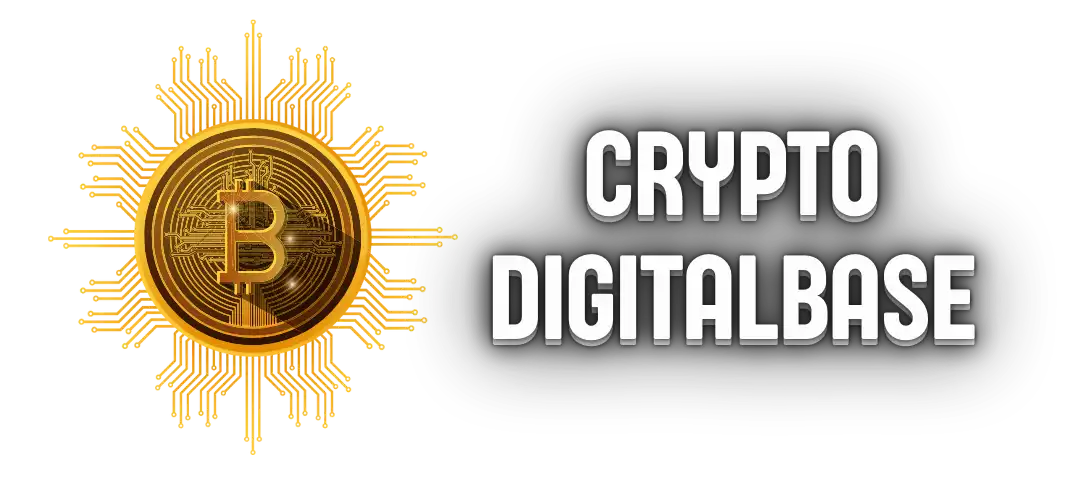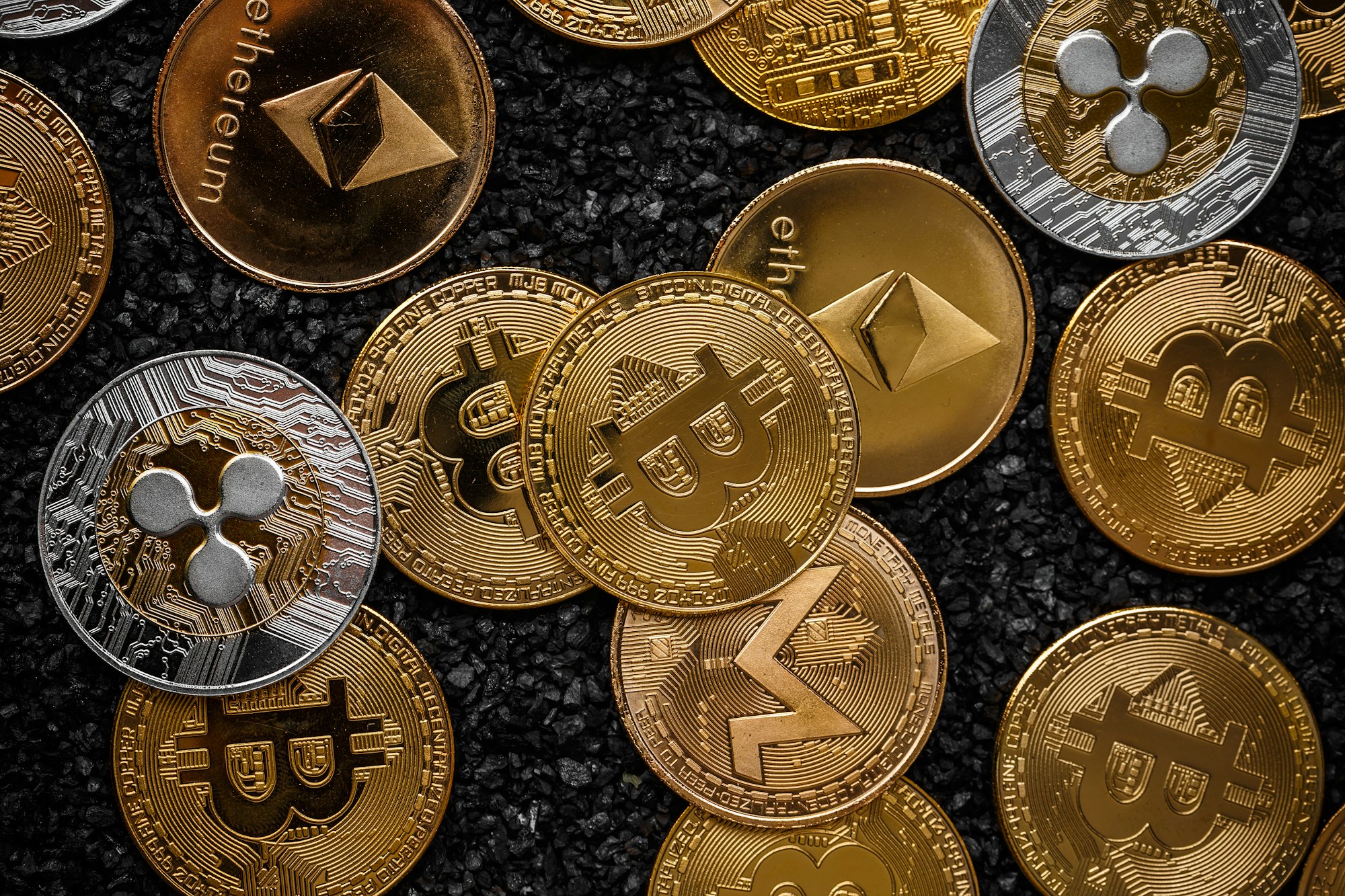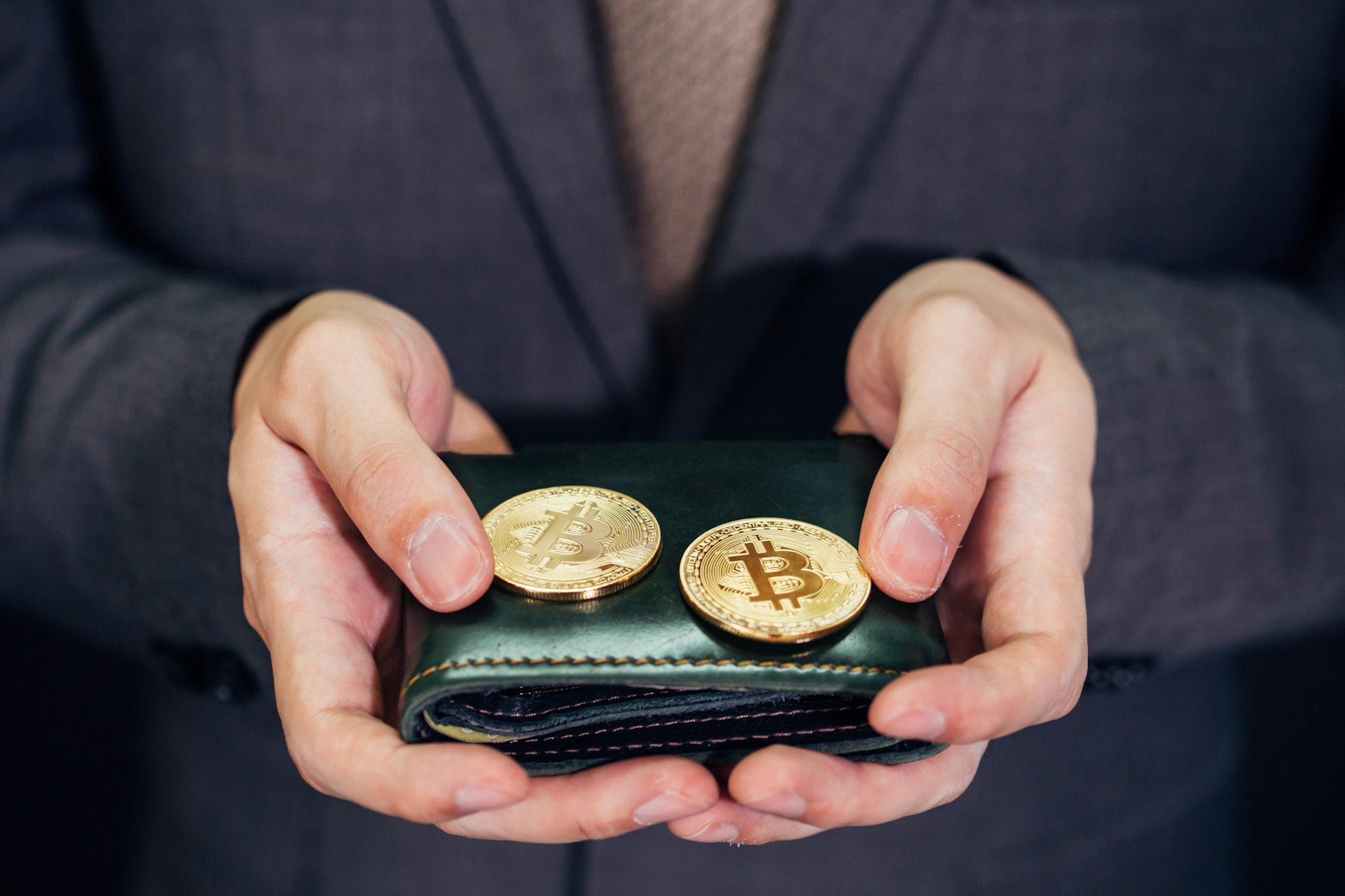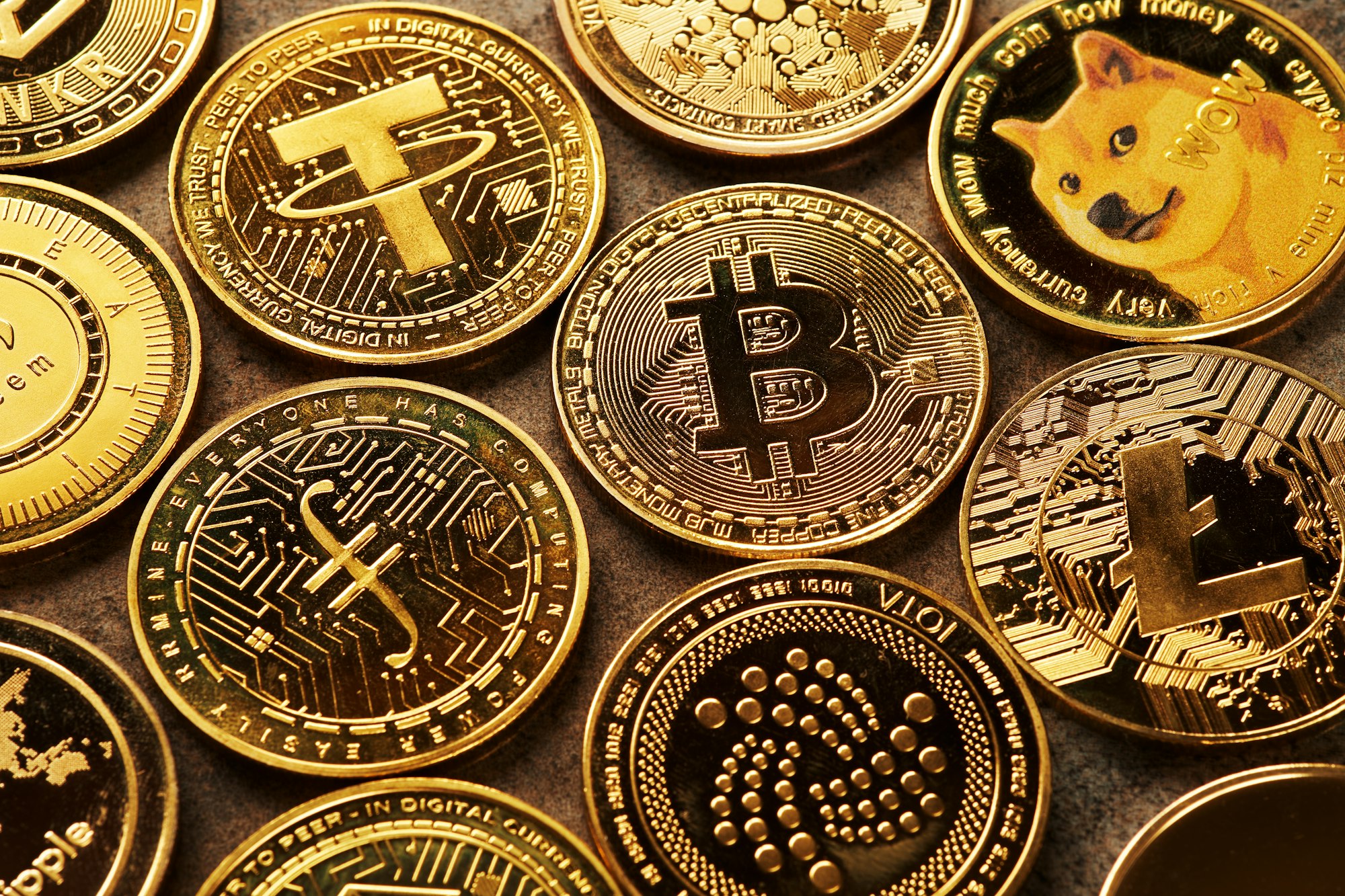Ethereum is not just a cryptocurrency; it is a revolutionary platform that is reshaping how we perceive finance, contracts, and the ownership of digital assets.
Launched in 2015 by Vitalik Buterin and a team of developers, Ethereum has quickly become a cornerstone of the decentralized finance (DeFi) movement. Its blockchain technology enables the creation of decentralized applications (dApps) and smart contracts, offering users the ability to interact in a way that is transparent, secure, and without the need for intermediaries.
This article will provide an in-depth look at Ethereum, its functionalities, its place in the cryptocurrency market, and its future potential.
What is Ethereum and How Does it Work?
What is the Ethereum blockchain?
The Ethereum blockchain is a decentralized, open-source blockchain that allows developers to build and deploy smart contracts and decentralized applications (dApps).
Unlike traditional blockchains that primarily focus on facilitating peer-to-peer transactions, Ethereum’s blockchain is designed to serve as a platform for programmable transactions. This capability allows for the execution of complex agreements automatically, driven by the terms coded into the contracts. By utilizing a network of nodes and validators,
Ethereum achieves consensus and maintains the integrity of the blockchain, ensuring that all transactions are recorded accurately and securely.
How does Ethereum differ from Bitcoin?
While Bitcoin is often viewed as a digital currency with the primary purpose of transferring value, Ethereum serves a broader purpose. Bitcoin’s blockchain was designed specifically for peer-to-peer transactions, whereas Ethereum’s blockchain supports a wide array of functionalities, including smart contracts and dApps.
This flexibility allows Ethereum to facilitate decentralized finance (DeFi), which includes lending platforms, decentralized exchanges, and more. Additionally, Ethereum uses a different consensus mechanism.
As of now, Ethereum is transitioning from a proof-of-work model to a proof-of-stake model with Ethereum 2.0, which contrasts with Bitcoin’s established mining process. This evolution aims to enhance scalability and sustainability while reducing energy consumption.
What is Ether (ETH) and its role in the Ethereum ecosystem?
Ether (ETH) is the native cryptocurrency of the Ethereum blockchain, serving multiple essential functions within the ecosystem. It acts as the fuel for executing smart contracts and running dApps, where users pay “gas fees” in ETH to compensate miners or validators for processing transactions.
Moreover, ETH is also used as a medium of exchange and a store of value within the Ethereum community. The circulating supply of Ether is continually evolving, and its price is influenced by various factors, including market demand, technological advancements, and broader cryptocurrency trends.
As of 2023, Ethereum’s price has seen significant fluctuations, impacting its market capitalization and the interest of investors worldwide.
What are Smart Contracts on Ethereum?
Smart contracts are self-executing agreements with the terms of the contract directly written into code. When certain predefined conditions are met, the contract automatically executes the agreed-upon actions without the need for intermediaries.
hese contracts are stored and replicated on the Ethereum blockchain, ensuring that they are immutable and tamper-proof.
This functionality allows for trustless transactions, as all parties can verify that the contract will execute as intended without relying on a centralized authority. Smart contracts can be used in various applications, from financial transactions to supply chain management, showcasing their versatility and potential impact on multiple industries.
How to Use Ethereum Tokens and NFTs?
What are tokens on the Ethereum blockchain?
Tokens on the Ethereum blockchain are digital assets that are created and managed through smart contracts. Unlike Ether, which is the native cryptocurrency, tokens can represent a variety of assets, including utility tokens, security tokens, and stablecoins.
They are built on standards such as ERC-20 or ERC-721, which dictate how these tokens interact with the Ethereum network. This versatility has led to the proliferation of numerous projects and platforms within the Ethereum ecosystem, allowing users to create, buy, and trade tokens seamlessly.
The rise of decentralized finance has also given birth to various tokenized financial products, enhancing liquidity and trading opportunities.
How do NFTs work within the Ethereum network?
Non-fungible tokens (NFTs) are a unique type of token that represents ownership of a specific item or asset on the Ethereum blockchain. Unlike cryptocurrencies such as Bitcoin or Ether, which are fungible and can be exchanged for one another, NFTs are distinct and cannot be replicated.
This property makes them ideal for representing digital art, collectibles, and other unique assets. NFTs utilize the ERC-721 standard, enabling creators to mint tokens that verify ownership and provenance.
The growing popularity of NFTs has led to a booming market, with platforms like OpenSea and Rarible facilitating the buying, selling, and trading of these digital collectibles.
Buying and selling Ethereum-based NFTs
To buy and sell Ethereum-based NFTs, users typically need a cryptocurrency wallet compatible with the Ethereum network, such as MetaMask or Coinbase Wallet.
Once the wallet is set up and funded with Ether, users can access NFT marketplaces where they can browse, purchase, or list their own NFTs for sale. The process usually involves connecting the wallet to the marketplace, selecting the desired NFT, and confirming the transaction, which incurs a gas fee for processing.
As the NFT market continues to evolve, the integration of Ethereum with various platforms and applications will likely expand, providing even more opportunities for creators and collectors alike.
How will Ethereum 2.0 affect staking?
With the introduction of Ethereum 2.0, staking will become a crucial aspect of the network’s security and functioning. In the proof-of-stake model, validators will replace miners, and they will be responsible for validating transactions and maintaining the network.
To become a validator, users must stake a minimum of 32 ETH, locking it in a smart contract to participate in the consensus process. In return, validators will earn rewards in ETH for their contributions, incentivizing participation in the network’s security.
This transition is significant as it allows more users to participate in the network’s governance and operations while earning passive income through staking.
The future of Ethereum and its community post-Ethereum 2.0
The future of Ethereum after the full implementation of Ethereum 2.0 looks promising. The anticipated improvements in scalability, security, and energy efficiency are likely to attract more developers and projects to the Ethereum network, fostering innovation and growth.
As the ecosystem expands, the Ethereum community will play a vital role in shaping its direction through Ethereum Improvement Proposals (EIPs) and active participation in governance. Furthermore, the increasing adoption of decentralized applications and DeFi platforms is expected to elevate Ethereum’s price and market cap, solidifying its position as a leader in the cryptocurrency space.
How to Get Involved in the Ethereum Community?
Where to find Ethereum discussions on Reddit?
Reddit is a popular platform for discussions surrounding Ethereum and its ecosystem. Subreddits such as r/ethereum and r/ethtrader provide a space for users to share insights, ask questions, and engage in conversations about the latest developments in Ethereum, trading strategies, and upcoming projects.
Participating in these communities can help newcomers learn more about Ethereum, stay updated on news and trends, and connect with like-minded individuals passionate about decentralized finance and blockchain technology.
How to participate in the Ethereum Foundation?
The Ethereum Foundation is a nonprofit organization dedicated to supporting the development and growth of the Ethereum ecosystem. Individuals interested in contributing can participate in various initiatives, such as funding research, development, and community events.
Additionally, the foundation encourages developers to contribute to ongoing projects or propose new ideas through Ethereum Improvement Proposals (EIPs).
By getting involved with the Ethereum Foundation, individuals can make a meaningful impact on the future of Ethereum and help shape its direction as a leading blockchain platform.
Conclusion
In conclusion, the Ethereum crypto project has proven its resilience and adaptability, securing its place as the second-largest cryptocurrency by market cap. With key upgrades like EIP-1559, the transition to proof-of-stake, and ongoing improvements to the Ethereum chain, Ethereum has undergone significant changes that continue to shape its future.
From the initial coin offering to its all-time high in May 2021, Ethereum has attracted the attention of both investors and developers alike, with many choosing to buy Ethereum or stake ETH as the network evolves. The Ethereum roadmap includes ambitious goals, such as increasing transactions per second and reducing the inflation rate of ether, all while maintaining its decentralized nature.
As Ethereum continues to upgrade and expand its capabilities, from the base fee to layer 2 solutions, it remains a bullish force in the cryptocurrency market, ensuring that it remains a central part of the blockchain network.






